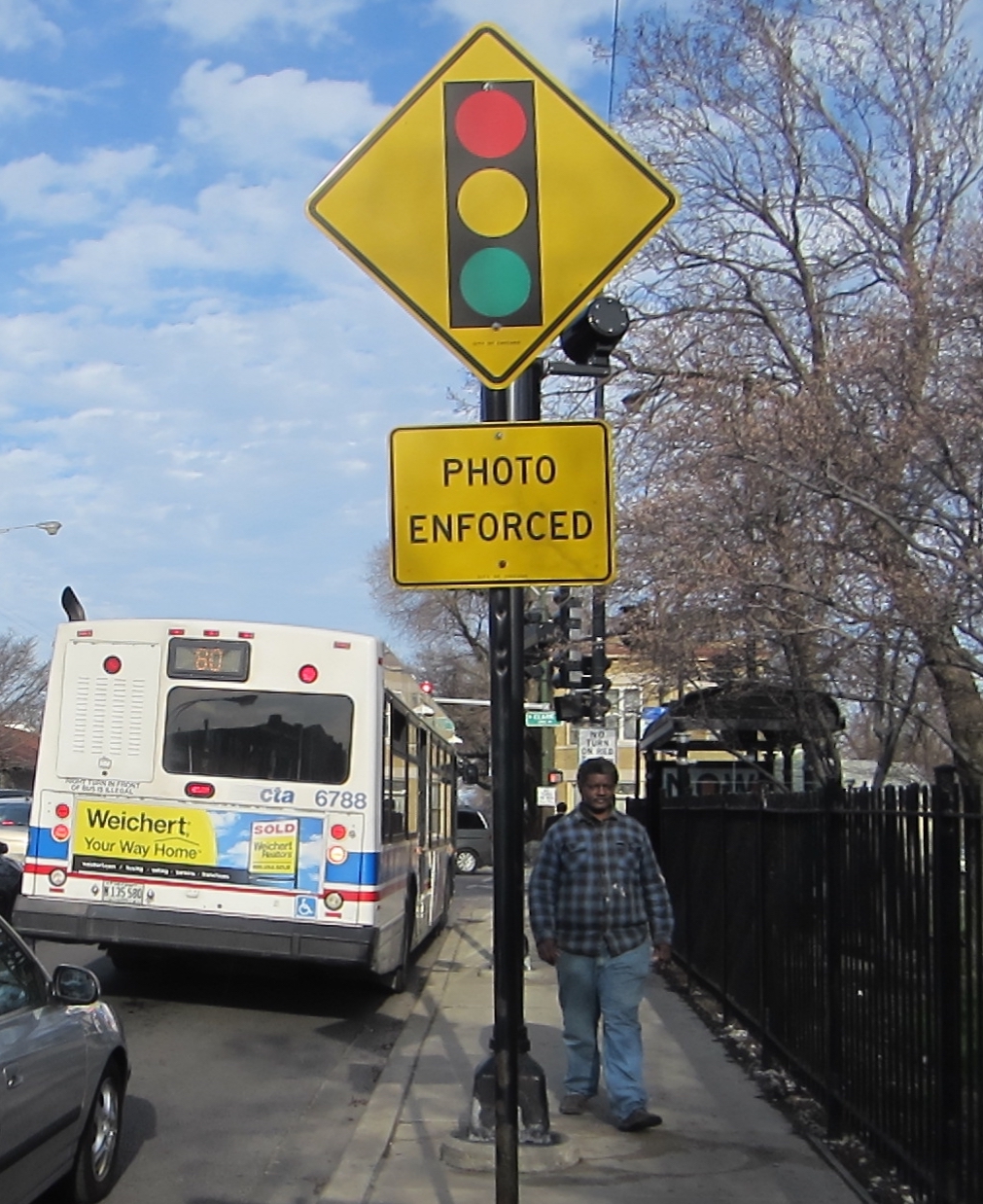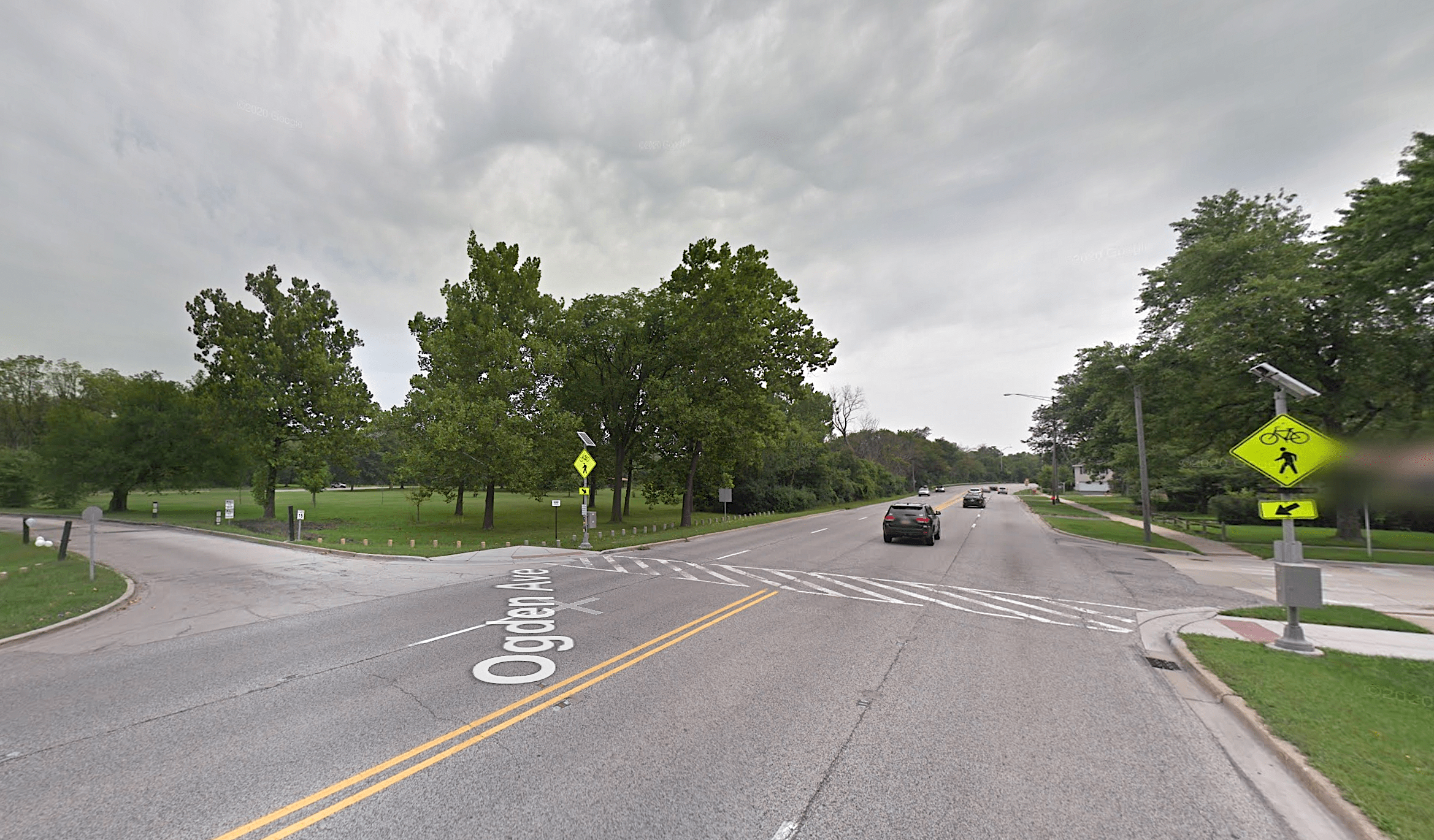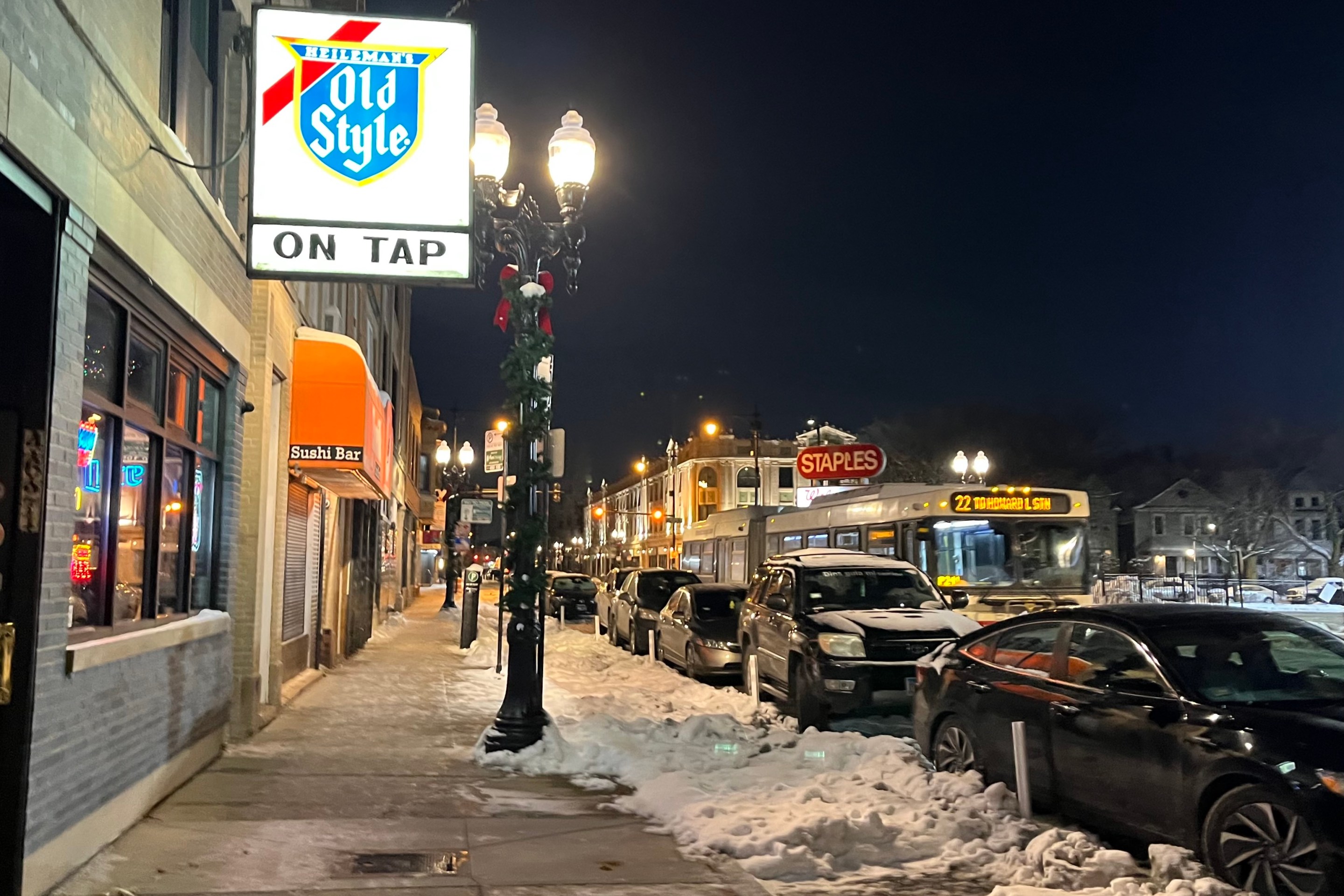While red light cameras have been proven to save lives in other cities, in recent years Chicago’s program has come under constant criticism. Some of it has been warranted, such as the Chicago Tribune’s investigative series that exposed a bribery scheme involving former camera vendor RedFlex and Chicago Department of Transportation official John Bills. Other attacks have been off-base, such as the Tribune’s claim that the cameras had no safety benefits because they increased the incidence of rear-end collisions with injuries, which largely ignored the fact that the cams reduce the number of T-bone crashes, which are much more likely to result in serious and fatal injuries.
The red light camera program became a major issue in the last mayoral elections, when challenger Chuy García promised to shut down all the cams if elected. In response Mayor Emanuel promised a number of reforms to the program, including the removal of 50 cameras at 25 low-crash and the installation of pedestrian countdown signals at the 42 out of the city’s 174 red-light camera intersections that didn’t currently have them. Both of those tasks have essentially been completed.
As part of the reform process, the city hired Northwestern University’s Transportation Center to conduct an independent study of the red light camera program and make recommendations for improving it. The report, released today, confirmed that the cameras have significant safety benefits, resulting in an overall ten percent drop in injury crashes. It also noted a never-before-documented “spillover effect” that is also resulting in less red light running at intersections that don’t have the cams.
The study was led by Transportation Center director Hani S. Mahmassani and included input from an advisory panel of traffic safety countries from around the country. “Quantitative studies conducted in this project demonstrate significant safety benefits of the current [Chicago red light camera] program,” the report stated.
The 104-page study also identified six intersections out of the remaining 151 locations where cameras have issues a large number of tickets, but there has been no corresponding drop in crashes. It identified criteria for predicting where installations are most likely to be effective in improving safety, including traffic volume, geometrics of the intersection, evidence of a high number of T-bone and turning crashes, and low number of rear-end crashes.
In response the city plans to relocate cameras from these six intersections to locations where it is believed they can do more good.
Here are the intersections proposed for camera removal:
- 95th Street & Stony Island Avenue (2 cameras)
- Western Avenue & 71st Street (2 cameras)
- Western Avenue & Pershing Road (2 cameras)
- Grand Avenue & Oak Park Avenue (2 cameras)
- Irving Park Road & Kedzie Avenue (2 cameras)
- Peterson Avenue & Pulaski Road (2 cameras)
And the intersections proposed for camera installation:
- Wacker Drive & Lake Street (2 cameras)
- Michigan Avenue and Jackson Boulevard (2 cameras)
- Dearborn Avenue & Grand Avenue (2 cameras)
- Central Avenue, Foster Avenue, Northwest Highway & Milwaukee Avenue (4 cameras)
- Pershing Road and Martin Luther King Drive (2 cameras)
Per city ordinance, CDOT will hold public meetings to discuss the proposed changes before any cameras are taken down or installed. Notably, three of the proposed new locations are downtown, which currently has few traffic cams.
Beverly resident and transportation advocate Anne Alt, a Streetsblog freelancer, said the removal of the cameras at Western and Pershing could be problematic since the intersection is “an exceptionally hairy one due to high speeds and poor sight lines.” Alt added that sight lines are even worse at 95th and Stony, but she hasn’t heard of many crashes there.
The report also found that enforcing red light violations that occur within a microsecond of the instant a light turns red might not provide many safety benefits. The study recommended extending the enforcement threshold for issuing a violation from the current standard of 0.1 seconds to up to 0.3 seconds after the light turns red. It argued that thus change would maintain the safety benefits of the program while making enforcement fairer. The researchers said there’s a “dilemma zone” faced by otherwise law-abiding drivers who are forced to make a split-second decision on whether to stop or keep moving through the intersection when the light turns red.
In response, the city will immediately extending the “grace period” for violations up to 0.3 seconds. CDOT says this is a longer interval than exists in many other cities with red light cams, and the same as the policy in New York and Philadelphia.
In addition to the overall finding that injury crashes dropped by 10 percent thanks to the cams, the study found that while rear-end crashes increased by 14 percent at intersections where cameras were installed, consistent with other cities, the more dangerous T-bone and/or turning crashes decreased by 19 percent. Unlike the Tribune, the report noted that federal research has shown that T-bone crashes have a lost productivity cost to society that is about five times greater than the cost attributed to damage from rear-end crashes.
As for the “spillover effect,” the Northwestern researchers compared before- and after-crash data at 85 intersections where cameras were installed in 2008 and 2009 with crash data for 103 intersections that didn’t get cameras.
“I am pleased that this comprehensive report confirms the beneficial safety impact of Chicago’s red light camera program,” stated CDOT commissioner Rebekah Scheinfeld in a news release. “The goal now is to continue our ongoing effort to increase transparency and accountability for the program by embracing the study’s recommendations.”
It's good to hear that the effectiveness of red light camera enforcement, which has been proven by numerous studies elsewhere, has been corroborated by the Northwestern report on our local program. It also sounds like the planned changes are a step in the right direction towards making Chicago enforcement more effective and fair.





